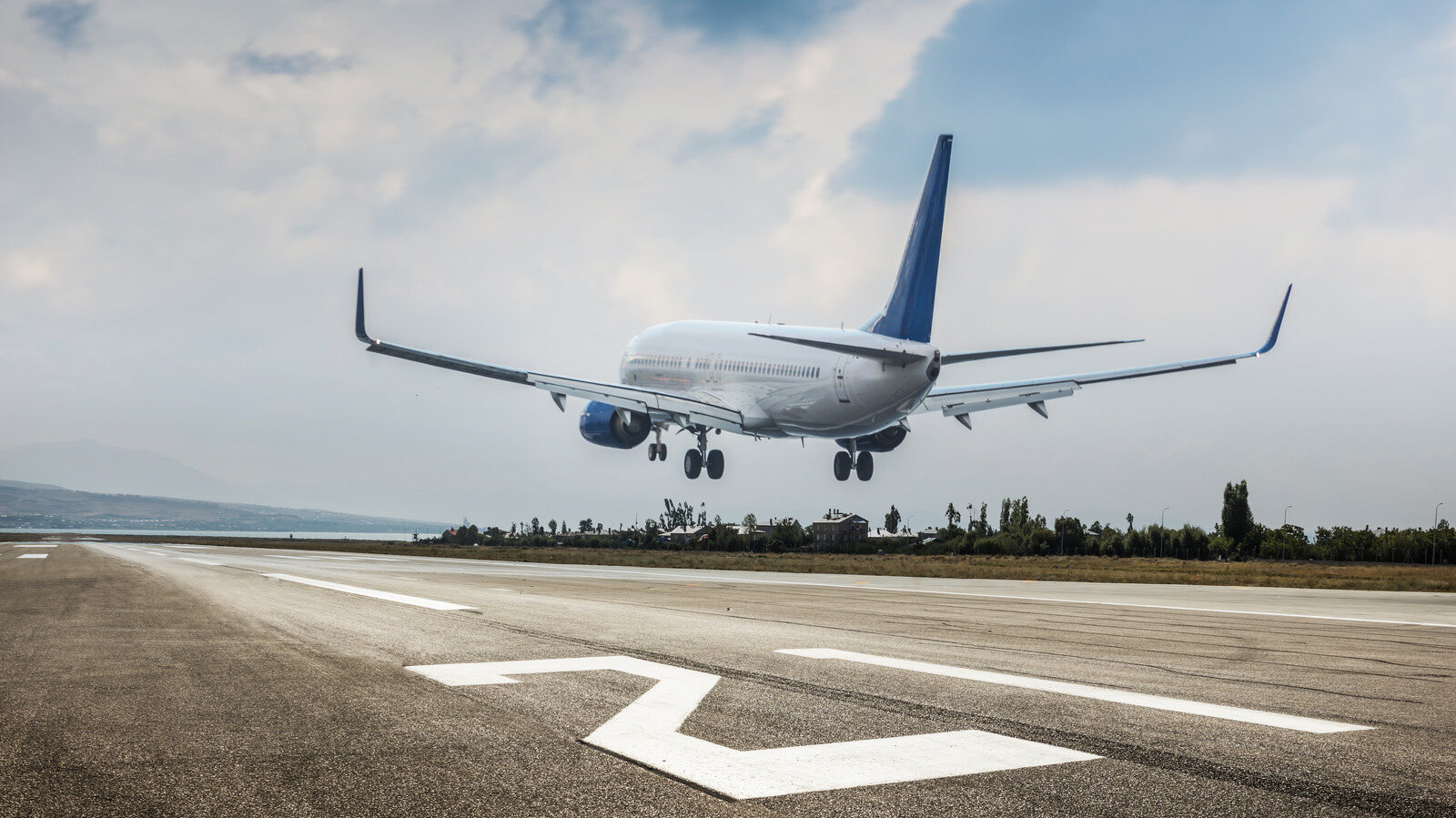
Aviation policy shapes how we travel through the skies. Ever wondered why flights follow specific routes or why security checks are so strict? Aviation policy holds the answers. These rules ensure safety, efficiency, and fairness in air travel. From environmental concerns to passenger rights, aviation policy covers a lot. It impacts airlines, airports, and even the weather patterns pilots navigate. Understanding these policies can make your next flight smoother and more enjoyable. Ready to learn some intriguing facts about aviation policy? Buckle up and let's take off into the world of aviation regulations!
Key Takeaways:
- Aviation policy ensures safety, protects passenger rights, and drives economic growth through job creation and tourism. It also fosters technological advancements and aims for a sustainable future.
- Historical milestones like the Chicago Convention and Open Skies Agreements have shaped global aviation standards and increased connectivity, benefiting passengers and the economy.
What is Aviation Policy?
Aviation policy shapes how air travel operates, ensuring safety, efficiency, and environmental responsibility. These policies impact airlines, airports, and passengers. Let's explore some fascinating facts about aviation policy.
-
Safety First: Aviation policy prioritizes safety above all. Regulations ensure aircraft maintenance, pilot training, and air traffic control standards meet stringent requirements.
-
Environmental Concerns: Policies address environmental impacts. Measures include reducing carbon emissions, noise pollution, and promoting sustainable aviation fuels.
-
Passenger Rights: Policies protect passengers' rights. This includes compensation for delays, cancellations, and lost baggage, ensuring a fair travel experience.
Historical Milestones in Aviation Policy
Aviation policy has evolved significantly over the years. Key milestones have shaped the industry into what it is today.
-
Chicago Convention (1944): Established the International Civil Aviation Organization (ICAO), setting global aviation standards and fostering international cooperation.
-
Deregulation Act (1978): In the U.S., this act deregulated the airline industry, leading to increased competition, lower fares, and more flight options for passengers.
-
Open Skies Agreements: These agreements between countries promote liberalization of international aviation, allowing airlines to operate more freely and increasing connectivity.
Economic Impact of Aviation Policy
Aviation policy influences the economy in various ways, from job creation to tourism growth.
-
Job Creation: Policies support the aviation industry, which provides millions of jobs worldwide, from pilots to airport staff.
-
Tourism Boost: By improving air connectivity, policies help boost tourism, contributing significantly to local economies.
-
Trade Facilitation: Efficient aviation policies facilitate global trade, enabling the swift movement of goods and services across borders.
Technological Advancements Driven by Policy
Aviation policy often drives technological advancements, ensuring the industry stays at the forefront of innovation.
-
NextGen Air Traffic Control: Policies support the implementation of NextGen technology, enhancing air traffic management and reducing delays.
-
Electric Aircraft: Encouraging the development of electric aircraft, policies aim to reduce the aviation industry's carbon footprint.
-
Cybersecurity Measures: With increasing digitalization, policies mandate robust cybersecurity measures to protect aviation systems from cyber threats.
Future Directions in Aviation Policy
The future of aviation policy looks towards sustainability, innovation, and inclusivity.
- Sustainable Aviation: Future policies will likely focus on sustainability, promoting green technologies and practices to minimize environmental impact.
The Final Approach
Aviation policy shapes how we travel, impacting safety, efficiency, and environmental concerns. Understanding these policies helps us appreciate the complexities behind every flight. From air traffic control to international agreements, each aspect ensures smooth operations and passenger safety.
Knowing about aviation policy can also make us more informed travelers. We can better understand delays, security measures, and even ticket pricing. It’s not just about getting from point A to point B; it’s about the intricate system that makes air travel possible.
Next time you board a plane, remember the policies and regulations working behind the scenes. They’re the unsung heroes of the skies, ensuring every journey is as safe and efficient as possible. So, keep these facts in mind and enjoy your flight with a newfound appreciation for the world of aviation policy.
Frequently Asked Questions
Was this page helpful?
Our commitment to delivering trustworthy and engaging content is at the heart of what we do. Each fact on our site is contributed by real users like you, bringing a wealth of diverse insights and information. To ensure the highest standards of accuracy and reliability, our dedicated editors meticulously review each submission. This process guarantees that the facts we share are not only fascinating but also credible. Trust in our commitment to quality and authenticity as you explore and learn with us.


